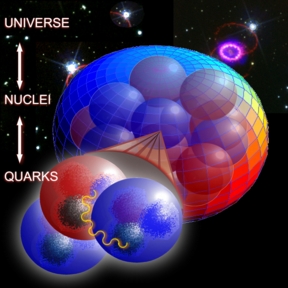

I can't see how any other particles besides more photons could be emitted in this case, and in that case, how can you tell the difference between an annihilation event and a scattering event? Of course, I am not familiar with the full "menagerie" of sub-atomic particles. The term 'effective' is used because the shielding effect of negatively charged electrons prevent higher energy electrons from experiencing the full nuclear charge of the nucleus due to the repelling effect of inner layer. What are the characteristics of the "antiphoton" corresponding to this particle, and what is emitted during the annihilation event to conserve energy? In atomic physics, the effective nuclear charge is the actual amount of positive (nuclear) charge experienced by an electron in a multi-electron atom. This is analogous to the scattering of massive particles in the laboratory frame vs the rest frame of the center of mass.Ĭan you please describe such an annihilation experiment more fully, for the case of a low energy photon, such as a 532 nm photon propagating in the +x direction and plane polarized along the y-axis in some lab-fixed frame. But then you can find a reference system where one is red shifted and the other one blue shifted so that their energies coincide and they impact head on. The two photons can only anihilate if they do not travel exactly in the same direction. They can have different energies, but note that this depends on the reference system.

The charge of the antiparticle to the red-antigreen gluon would be green-antired. Therefore they each have an antiparticle with the opposite colour charges. "red-antigreen", "green-antiblue", and so on. This is because their associated gauge group SU(3) is noncommutative. As opposed to the photon those actually carry a nonzero charge with respect to the force they mediate. The photon is different from the QCD gluons. I am trying to understand the general situation that would be valid at all photon energies.

So perhaps it is generally true that these massless carrier particles have no antiparticles? I guess that may be a bit ambiguous, since QCD requires 8 distinct kinds of gluons, and I guess none of them have ever been observed directly, but I have not read that they are generally organized into gluon-antigluon pairs.Īnyhow, what would be emitted in the annihilation of a putative photon-antiphoton pair? I mean, energy and momentum have to be conserved, right?ĮDIT: so, to further qualify my own question, I know electron-positron pair production is possible if the photon energy is high enough. Gluons are the (also massless) carriers of the strong force, and are emitted when color-carrying particle/antiparticle pairs annihilate. So how do you define the antiparticle of a photon, if antiphoton doesn't exist? Which of the quantum numbers of a photon are 'opposite/different' in its antiparticle?Ĭan't the same question be asked of any "force carrier" particle? Photons are (massless) carriers of the EM force, and are emitted when charge-carrying particle/antiparticle pairs annihilate.


 0 kommentar(er)
0 kommentar(er)
